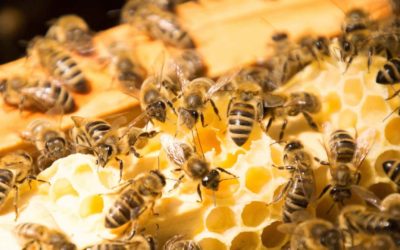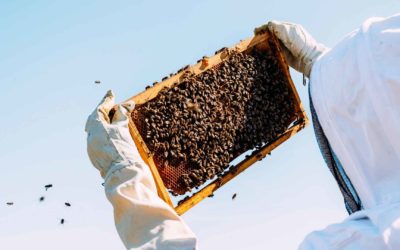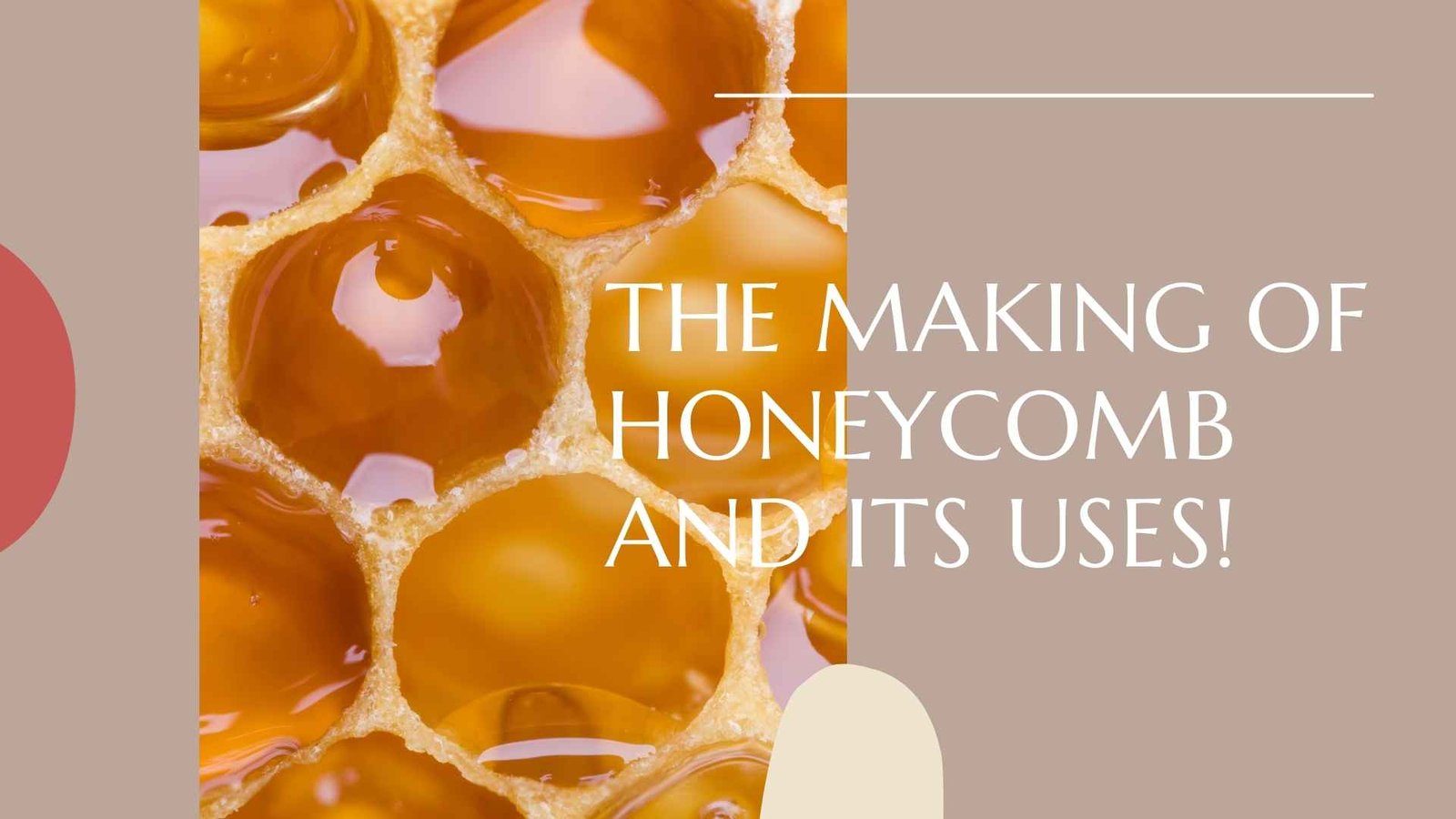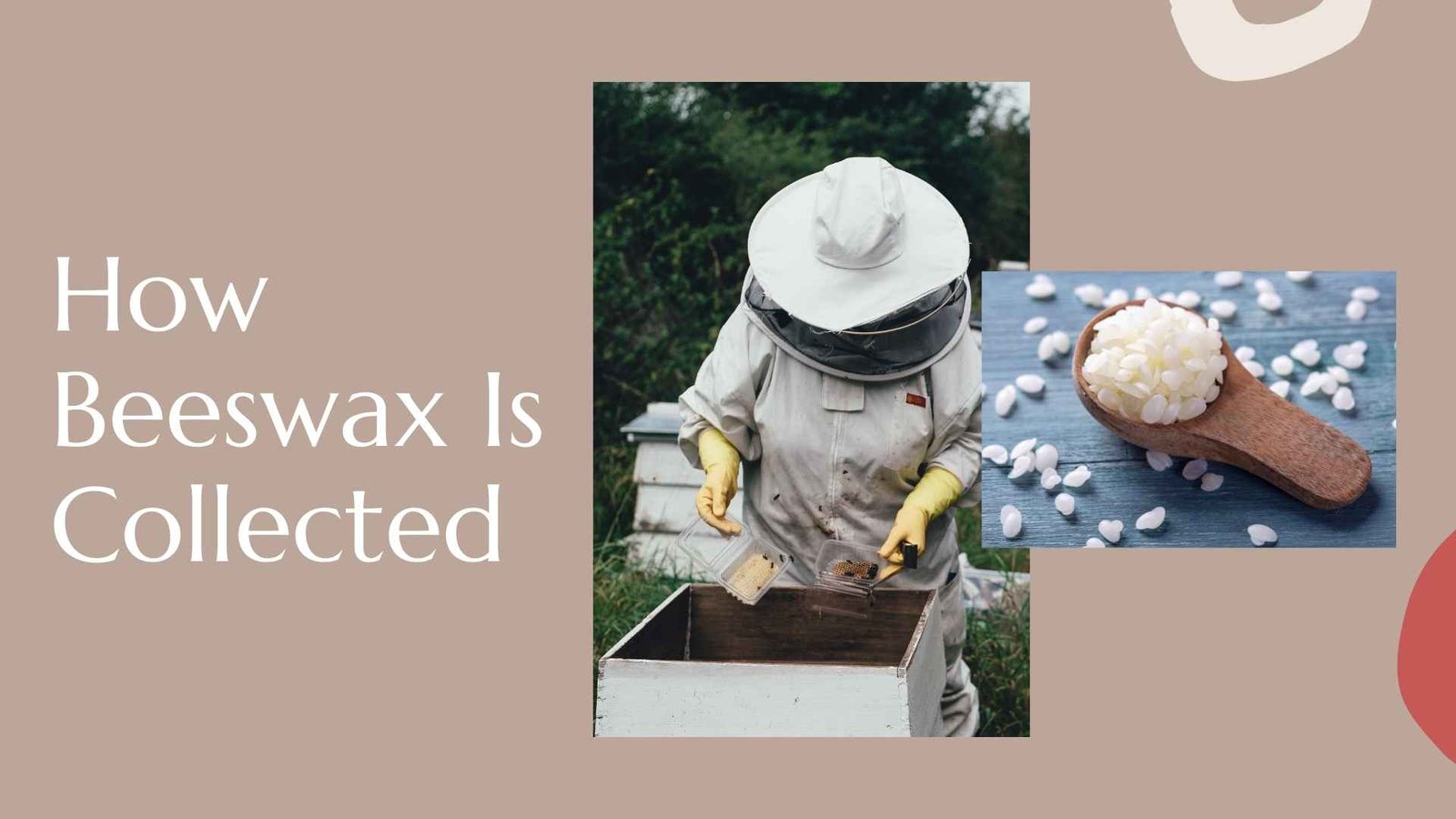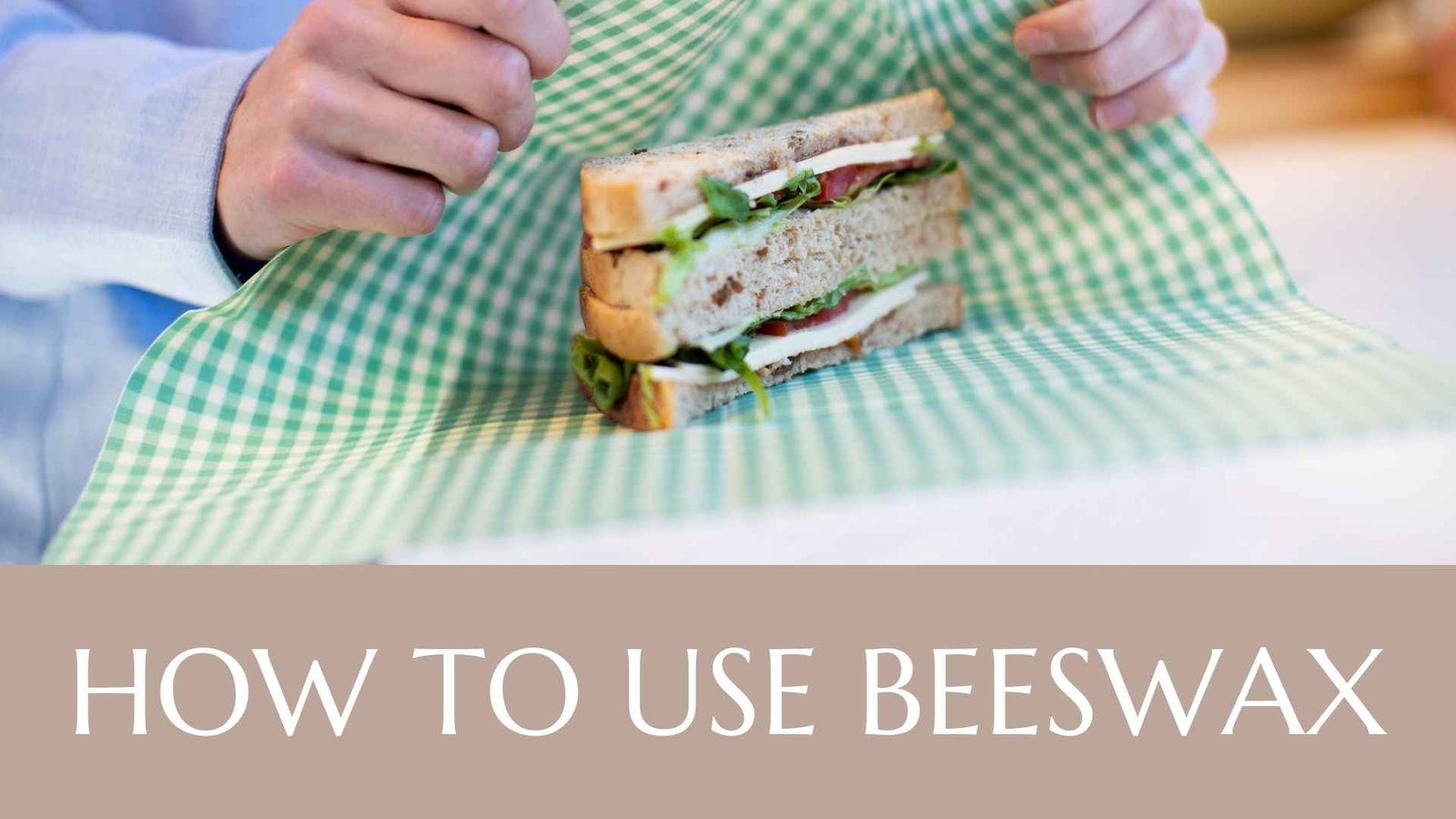Bees And Their Honeycombs
Other than producing honey, honeycombs are also another product that bees produce. It may seem unassuming, but honeycombs can be utilized in many different ways. Learn how honeybees form these hexagonal cells and fill them with honey, as well as how the honeycomb can be used!
What Is A Honeycomb?
The honeycomb is a cluster of repeating hexagonal beeswax cells. These cells then fill the whole interior of the honey bee beehive. These little cells store many things, such as the bee larvae, honey and pollen.
How Is Beeswax Produced?
The honeycomb is completely made of beeswax, produced by the honey bees of the genus Apis. Worker bees that are younger than 18 days old are the best wax producers. During this time, a bee secretes beeswax from eight special glands located on its abdomen. The wax comes out colourless and quite brittle. After 18 days, these glands begin to atrophy. The beeswax is secreted from eight glands that have openings on their lower abdomen.
The bee then uses its legs to move the wax from its abdomen to its mouth where it starts to chew on it, adding saliva that softens it up. During the process, the beeswax picks up bits of honey, pollen, and propolis which darkens its colour. The soft and pliable material can ow be shaped to form the hexagonal honeycomb.
After each cell in the honeycomb is filled, the cells are covered with beeswax. Worker bees flit their wings rapidly to allow the material to dry, forming a seal over the honey. This keeps water out of the honey, preventing the honey from spoiling and fermenting.
Can Honeycomb Be Eaten?
Yes! Honeycomb can be eaten. Given that the honeycomb is merely made of wax, there is not much nutritional benefit in the honeycomb. However, the pure, raw honey stored inside the honeycomb is where the health benefits are found. Learn more about the health benefits here! The benefit of having honey from the comb is that it is not exposed to air. Honey exposed to air holds around 12% more water than honey left sealed in the comb. This makes honey that comes directly from the comb the most concentrated and purest form of the nutritional stuff!
How Beeswax Is Collected
Typically, beeswax is collected at the same time that honey is collected. Beekeepers will carefully remove the beehive frames that are filled with honey and sealed with beeswax. Next, the first layer of wax covering the honeycomb is removed, exposing the raw honey inside. The frames are then placed in a centrifuge, where the honeycomb is spun, allowing the honey and beeswax fragments to be extracted from the comb. The honey is filtered, and the raw beeswax is collected. The wax is then boiled and filtered to remove any impurities. What’s left is pure beeswax! Beeswax can be used for several things.
How To Use Beeswax
#1 Eat it!
Honeycomb and the honey within it can be easily paired with various types of cheeses. What’s more, is that having a piece of honeycomb on your cheeseboard looks fancy and elegant and seems like you put in a lot more effort than you actually did!
#2 Make Reusable Beeswax Wraps
This reusable alternative is much better for the environment, as compared to their plastic counterparts.
Ingredients
- 100 per cent cotton fabric, organic if possible
- 35 oz. sustainably sourced pine resin
- 25 oz. beeswax pastilles or grated beeswax
- 1 Tbsp. organic jojoba oil
- Large popsicle stick or other compostable stirrers
- Parchment paper
- Dedicated paintbrush
- Directions
Instructions
- Wash and dry fabric.
- Cut fabric into desired shapes and sizes.
- Place pine resin, beeswax, and jojoba oil in a double boiler or glass measuring cup and set in a saucepan.
- Add water to the saucepan until the mixture inside the double boiler or measuring cup is below the waterline. Turn burn to medium-high heat.
- Preheat oven to 300° F.
- Allow ingredients to melt and meld together for about 20 to 25 minutes.
- Cover a large cookie sheet with a sheet of parchment paper larger than your biggest piece of fabric.
- Spread a fabric piece (or pieces, depending on size) flat on parchment paper.
- Brush mixture lightly onto fabric. It might solidify, which is fine, as you’ll be able to redistribute later. It’s easy to oversaturate, so remember that it’s easier to add more than taking the excess away.
- Put the cookie sheet in the oven for 2 minutes, or until the fabric looks wet.
- Remove from oven and look for any dry spots. Brush mixture over these uncovered areas, applying more coating as needed. If you notice unevenness after adding more, you can place it back in the oven for a few minutes to smooth.
- Place the next wrap(s) you are going to make on top of the finished fabric to soak up any excess coating mixture. Work quickly, as you don’t want the wax to begin to solidify.
- Once you’ve pressed any excess onto the new cloth, peel apart and hang your completed wrap(s) to dry. Drying only takes a few minutes.
- Repeat steps with additional pieces of fabric until you are out of the coating mixture.
We hope this article has allowed you to appreciate the importance of the honeycomb in the process of producing honey. Interested in grabbing a jar? Check out the links down below.


